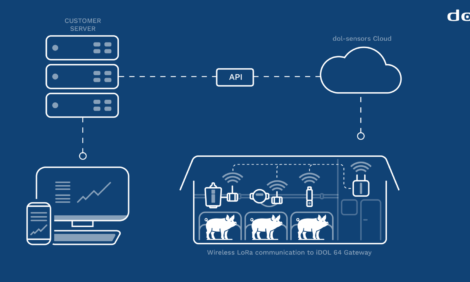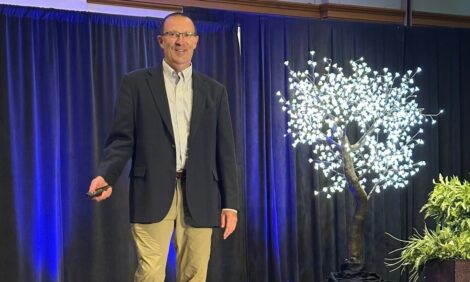



Sow and Litter Factors Influencing Colostrum Yield and Nutritional Composition
Colostrum yield and fat percentage were found in this experiment in Belgium to be affected by gestation length, litter size, genetics and sow parity.Among the main characteristics of colostrum intake (CI), colostrum yield (CY), and colostrum composition (CC) in pigs are their variability, report Ilse Declerck and her colleagues at Ghent University in Belgium.
In Journal of Animal Science, they report an observational study aimed to investigate factors influencing CY and CC in 10 commercial herds. They included a total of 100 sows of five different breeds and their 1,455 live-born piglets.
Sows’ CY was estimated by the CI of their suckling piglets. Colostrum composition was analysed by LactoScope Fourier transform infrared spectroscopy.
Colostrum yield averaged 3,500 ± 110g and the percentage of colostral fat (CF), protein and lactose in colostrum averaged 5.39 ± 0.12, 16.49 ± 0.14, and 2.02 ± 0.05 per cent, respectively.
The effect of sow, litter and parturition factors on CY and CC were evaluated with a linear mixed regression model with herd included as a random factor.
Sows with a gestation length (GL) of 113 days had a higher CY (4,178 ± 506g) than sows with a GL of 114 to 115 days (3,342 ± 107g; P=0.04).
An interaction was found between the litter birth weight of suckling piglets (LWSP) and GL (P=0.03). In sows with a GL of 114 to 115 days, CY increased with higher LWSP (P=0.009). A shorter interval between birth and first suckling of the litter was related to a higher CY (P<0.01).
The percentage of fat in colostrum was higher in Hypor sows (6.35 ± 0.51) than in PIC (4.98 ± 0.27; P=0.001), Topigs 20 (5.05 ± 0.14; P<0.001) and Danbred (5.34 ± 0.22; P<0.001) sows.
The percentage of CF was negatively associated with parity (P=0.02) and positively associated with the number of live-born piglets (P=0.03).
The percentages of colostral protein and lactose were not significantly associated with any factor in the multivariable model.
The study demonstrated that CY and CF are affected by different sow and litter factors, concluded Declerck and colleagues.
They added that pig producers may implement these observations in their management to maximise production or reproduction potential by optimising CI, CY and CC.
Reference
Declerck !., J. Dewulf, S. Piepers, R. Decaluwé and D. Maes. 2015. Sow and litter factors influencing colostrum yield and nutritional composition. Journal of Animal Science. 93:1309-1317.
April 2015






